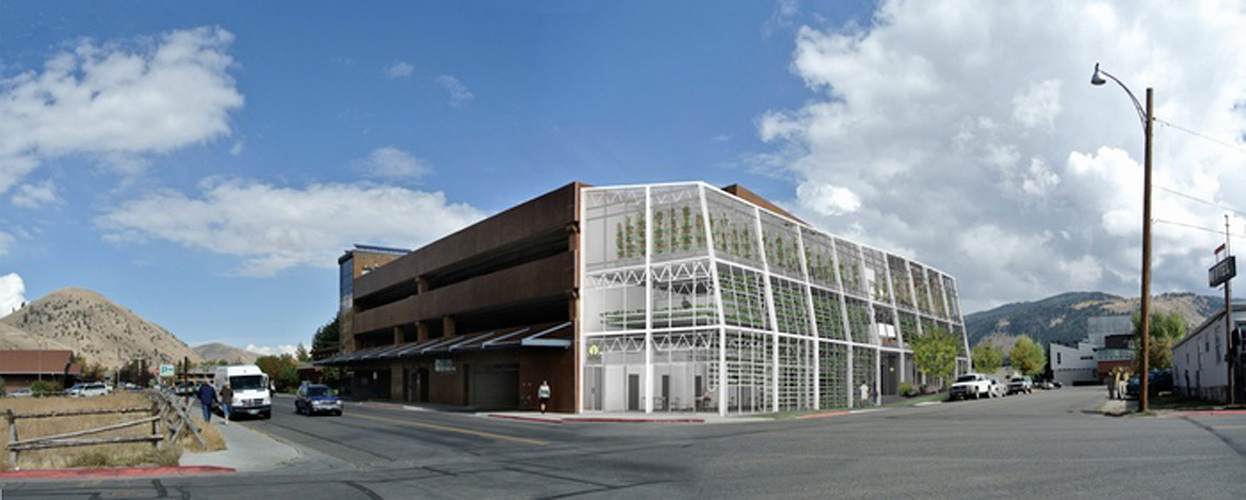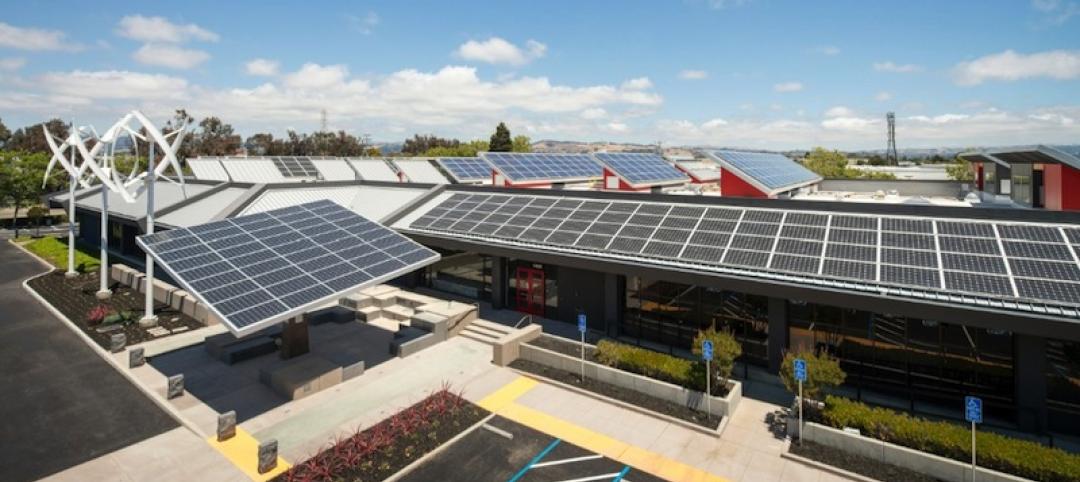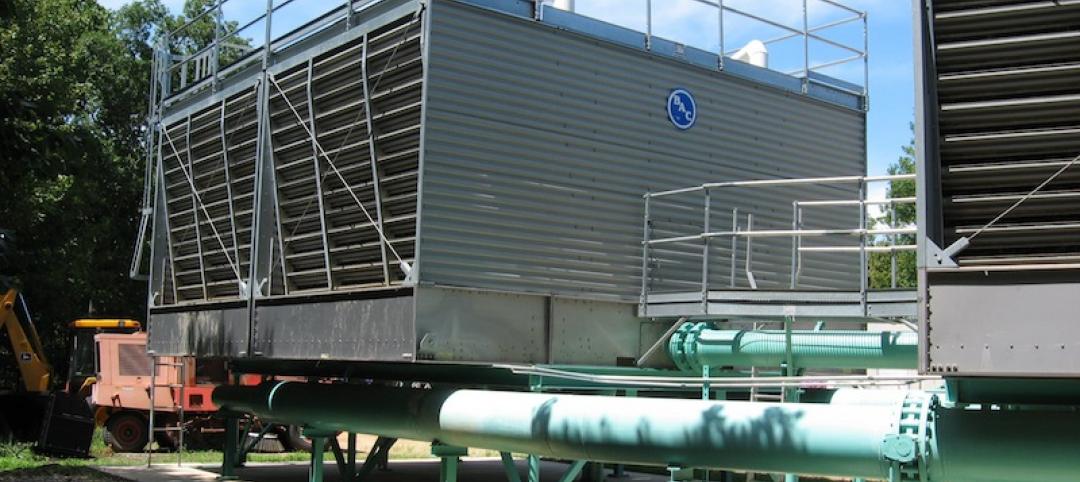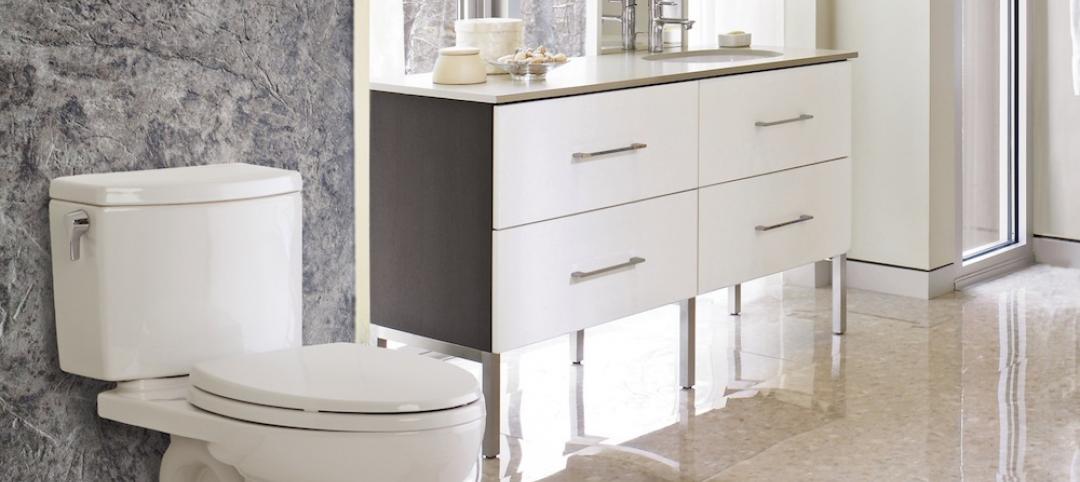The city of Jackson, Wyo., gets around 400 inches of snow falls a year, and its valley location means most of the city’s produce is brought in from other places, ArchPaper reports. With these two conditions, there can be times when the city is cut off and becomes a food desert.
This sparked the concept of building vertical gardens so the city has a better chance of self-sustaining when it comes to fresh produce. Sustainable community specialist Penny McBride and designer Nona Yehia came together and founded Vertical Harvest Jackson Hole, which will construct a three-story, 13,500-sf hydroponic greenhouse to be placed on leftover land that’s only one-tenth of an acre. The company enlisted Larssen Ltd. to engineer the greenhouses and assist with design.
Though the greenhouses may be lean and narrow, the multiple stories add up to five acres of agricultural space. A timed, carousel system will revolve trays of plants to maximize south sun exposure.
“We will be growing 100,000 pounds of vegetables a year,” Yehia said, adding that the produce can be sold to restaurants, hospitals, and the local community.
Fruits and vegetables aren’t the only thing Vertical Harvest will produce—jobs will also be part of the greenhouse’s repertoire.
“Vertical Harvest will establish an innovative model to employ an under-served Wyoming population: adults with developmental disabilities,” the firm said in a statement.
The greenhouses are slated to open in December 2015.
Related Stories
| May 31, 2013
Nation's first retrofitted zero-energy building opens in California
The new training facility for IBEW/NECA is the first commercial building retrofit designed to meet the U.S. Department of Energy’s requirements for a net-zero energy building.
| May 17, 2013
LEED v4 has provision to reduce water use in cooling towers
The next version of the U.S. Green Building Council's LEED rating system will expand water-savings targets to appliances, cooling towers, commercial kitchen equipment, and other areas.
| May 14, 2013
Paints and coatings: The latest trends in sustainability
When it comes to durability, a 50-year building design ideally should include 50-year coatings. Many building products consume substantial amounts of energy, water, and petrochemicals during manufacture, but they can make up for it in the operations phase. The same should be expected from architectural coatings.
| May 9, 2013
10 high-efficiency plumbing fixtures
From a "no sweat" toilet to a deep-well lavatory, here's a round up of the latest high-efficiency plumbing fixtures.
| May 9, 2013
Post-tornado Greensburg, Kan., leads world in LEED-certified buildings per capita
Six years after a tornado virtually wiped out the town, Greensburg, Kan., is the world's leading community in LEED-certified buildings per capita.
| May 3, 2013
'LEED for all GSA buildings,' says GSA Green Building Advisory Committee
The Green Building Advisory Committee established by the General Services Administration, officially recommended to GSA that the LEED green building certification system be used for all GSA buildings as the best measure of building efficiency.
| Apr 25, 2013
Colorado State University, DLR Group team to study 12 high-performance schools
DLR Group and the Institute for the Built Environment at Colorado State University have collaborated on a research project to evaluate the effect of green school design on occupants and long-term building performance.
| Apr 24, 2013
North Carolina bill would ban green rating systems that put state lumber industry at disadvantage
North Carolina lawmakers have introduced state legislation that would restrict the use of national green building rating programs, including LEED, on public projects.
| Apr 22, 2013
Top 10 green building projects for 2013 [slideshow]
The AIA's Committee on the Environment selected its top ten examples of sustainable architecture and green design solutions that protect and enhance the environment.
















